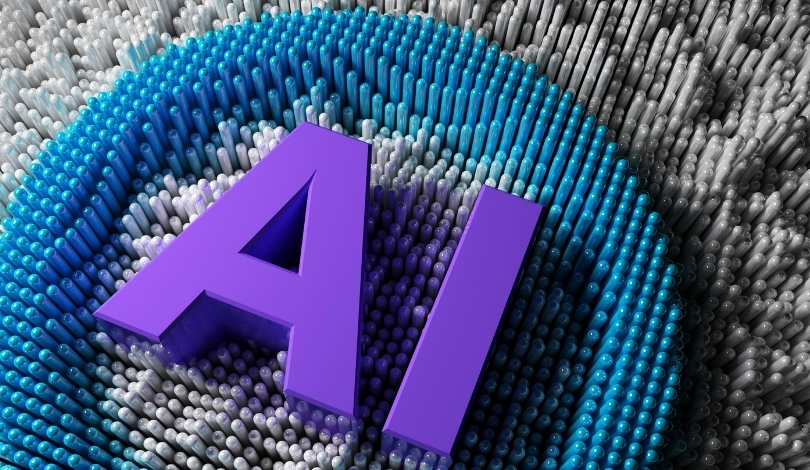The energy at RoboBusiness 2025 was high as robotics startups gathered in Silicon Valley to showcase their latest technologies and discuss industry trends on The Robot Report Podcast. This year’s event featured interviews with leaders from ten startups, providing insights into the rapid developments occurring in robotics, automation, and artificial intelligence. Several entrepreneurs took center stage to share perspectives on the industry’s evolution, product announcements, and future plans. The 2025 Pitchfire competition stirred excitement, with Cerulion emerging as the winner and demonstrating particular interest from the investor and technology communities. Attendees noted a distinct shift toward both mechanical sophistication and software-driven intelligence across exhibiting companies. The variety of solutions on display offered a snapshot of where the robotics sector is heading and the priorities of emerging companies in the space.
Recent years at RoboBusiness have seen a growing emphasis on artificial intelligence features and collaboration between hardware and software developers. Previous events attracted attention for mobile robot platforms and logistics automation, but 2025’s showcase placed increased focus on humanoid design and new user interfaces. The addition of lifelike robots, such as the Unitree H2, represents a move toward bio-inspired machines. Startups exhibiting in prior years usually discussed warehouse and manufacturing automation; this year’s lineup illustrated stronger diversity, including advancements in fulfillment, human-robot interaction, and adaptive systems. Cerulion’s Pitchfire victory draws parallels to past winners who subsequently secured investment and partnerships, reflecting the competition’s role as a stepping stone for rising robotics companies.
What Innovations Did Startups Present?
Companies such as Roworks AI, Forge AI, Motogo, 4D1, and Rotate8 brought forward solutions spanning from advanced industrial robotics to AI-driven automation. Morelle AI and Sensible Robotics focused on new approaches in sensing and perception, aiming to boost adaptability in unpredictable environments. For some founders, such as Katy Bradford of Rotate8, the drive to exhibit stemmed from the need to connect with partners and share fresh technical solutions. Meanwhile, R2 Labs, NuPort, and others emphasized the need for integrating robotics seamlessly within existing workflows, stressing the pragmatic applications of modern robotics.
How Did Cerulion Stand Out in the Pitchfire Contest?
Cerulion claimed the spotlight during the Pitchfire startup competition, earning recognition from judges and participants. The startup’s approach to integrating advanced mobility and intelligence into their platform was noted as a key differentiator. Cerulion’s founder commented,
“Winning Pitchfire validates our technology and gives us momentum to expand our partnerships.”
Investors and industry veterans in attendance viewed Cerulion’s success as a signal of broader acceptance for its design philosophy and product strategy.
What Industry Trends Emerged from RoboBusiness 2025?
Several recurring themes shaped discussions throughout the conference, including the merging of AI with hardware, the importance of lifelike humanoid features, and a strong interest in workforce collaboration with robots. Notably, Unitree Robotics introduced the Unitree H2, a full-sized humanoid robot equipped with a “bio-inspired” face and 31 functional joints, which reflects the sector’s move toward more natural interaction between robots and people. A representative from Unitree Robotics stated,
“Our focus is on developing humanoids that move and behave in ways people find intuitive.”
These developments support industry efforts to make robotic systems accessible and practical in diverse environments.
As robotics startups continue to attract both technical and commercial attention at events like RoboBusiness, their progress is drawing comparison to earlier milestones in the sector. Companies now pursue greater sophistication in combining mechanical design with AI-driven control systems. For readers interested in the robotics ecosystem, understanding how competitions such as Pitchfire offer exposure and validation can be useful when evaluating potential partnerships or investments. Observers should also pay attention to how the latest humanoid robots signal a push for more natural interfaces. Startups like Cerulion may set new standards for mobility and user-centric design, highlighting the sector’s aim to integrate advanced robotics into daily workflows and shifting what’s possible for automation in the near term.










